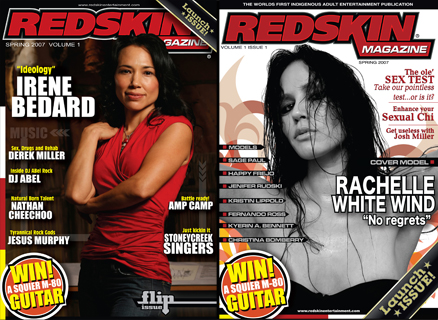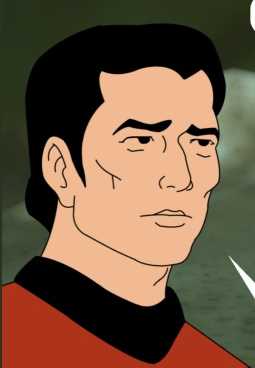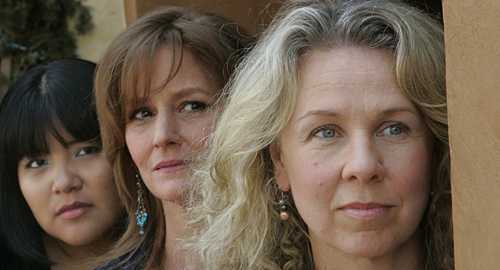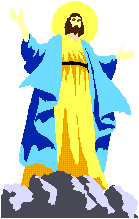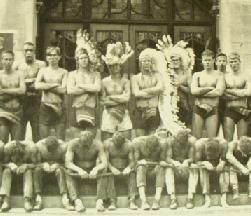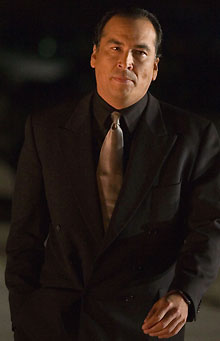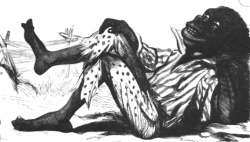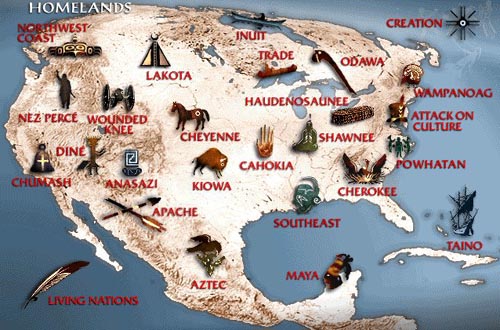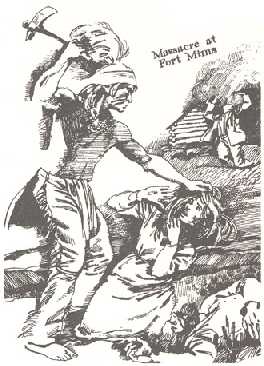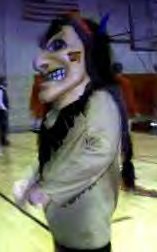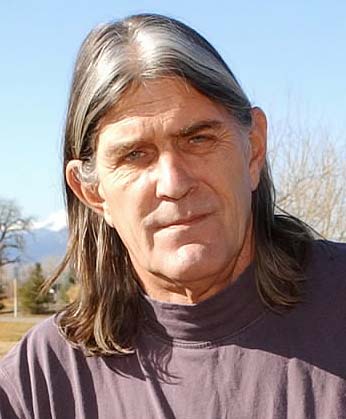The word "redskins" doesn't offend me personally. I have no strong feelings about it. My position reflects only what I've read and heard from thousands of Native sources.
If the Native population were to "reclaim" the word "redskins" and declare that it no longer offended them, I'd be happy to support that outcome. Until that happens, I support the present situation. That position is that most Natives consider "redskins" an ethnic slur.
Repeat: I'm not imposing my belief on Natives. I'm reflecting what most Natives believe. If you disagree with these Natives, go argue with them. Quit wasting your time and mine when Native leaders throughout the country are trying to eliminate team names and mascots they consider offensive.
In short, your assertion that I don't understand or sympathize with what most Natives think and feel is flatly wrong. You may not understand or sympathize with them on this issue, but I do.
I don't recall ever saying how anyone's grandparents felt about anything. The only irony I see here is your making up stuff about me and then taking some imaginary high road about it. Nice trick if you can get away with it.
Who speaks for Natives?
Let's note a few more facts. You and Wassegijig come from two widely separated Native cultures. There are thousands of Native cultures in North America that you two don't belong to. As far as I'm concerned, neither of you is qualified to speak for all Natives--to tell me how should I deal with them.
Moreover, "redskins" isn't a term particular to one Native culture. It isn't a matter of private or sensitive cultural lore. It's an ethnic slur applied to Natives in general. When it comes to a question of English word usage, anyone can judge the issue as well as you can.
And I'm not telling people how they should feel. I'm telling people that most Natives consider "redskins" an ethnic slur. You can feel however you want as long as you acknowledge that I've accurately summarized the situation.
If your point is that I've never been called a "redskin" either, you're right about that too. But many Natives have and they object to the word. Since Wassegijig is too afraid to address this issue, feel free to do it for her.
Let's recap: You defend Wassegijig's right to use "redskins" but have yet to say whether it's an ethnic slur. So is it or isn't it...yes or no? Answer that question so we know where you stand on the underlying issue.
Does anyone here want to take the Redskin challenge? If you don't think the word is an ethnic slur, use it in a room full of tribal leaders and elders. Let us know how they feel about being called "redskins."
